![IMG_0169[1] (edited) (1)](https://wellness.nifs.org/hs-fs/hubfs/IMG_0169%5B1%5D%20(edited)%20(1).jpg?width=471&height=325&name=IMG_0169%5B1%5D%20(edited)%20(1).jpg) Want to get a full body workout without the aches and pains of traditional exercise? Aqua exercise could be perfect for you! This low impact exercise is for people of all ages and varying physical abilities. Aqua exercise is especially great for the active aging community. Common workouts performed on land such as walking, running, and weightlifting, are important for building strength and endurance, but these workouts can be strenuous on the joints, ligaments, and bones. There are many ways to exercise in the water and you can do it with or without any equipment. Moving under water is a full body exercise, working your muscles in every possible direction with decreased rick of injury due to less impact and strain. With the help of specially designed exercises, you can achieve a full body workout, activating every muscle group without dealing with stress and strain conventional exercises can cause you. Listed below are four reasons you should be exercising in the water!
Want to get a full body workout without the aches and pains of traditional exercise? Aqua exercise could be perfect for you! This low impact exercise is for people of all ages and varying physical abilities. Aqua exercise is especially great for the active aging community. Common workouts performed on land such as walking, running, and weightlifting, are important for building strength and endurance, but these workouts can be strenuous on the joints, ligaments, and bones. There are many ways to exercise in the water and you can do it with or without any equipment. Moving under water is a full body exercise, working your muscles in every possible direction with decreased rick of injury due to less impact and strain. With the help of specially designed exercises, you can achieve a full body workout, activating every muscle group without dealing with stress and strain conventional exercises can cause you. Listed below are four reasons you should be exercising in the water!
GRAVITY. The biggest difference between exercising in water versus land is the effect of gravity on your body. In our daily lives outside of water, we are constantly feeling the force of gravity at 100%. This force is most felt in the ankles, knees, hips, and back, especially during exercise. Submerging just hip deep into water will eliminate 50% of that force! If you go even deeper into water to perform your exercise, the amount of pressure on your body will continue to decrease. The water alleviates pressure off your bones, ligaments, and muscles. Because of the vast differences between land and water, exercising in a pool is perfect for individuals with chronic pain, arthritis, joint replacements, and even just general lack of strength.
HEALTH BENEFITS. It is important to always exercise according to your own physical abilities and limitations. Just like exercising on land, you can exercise in the water with the goal of elevating your heart rate and breathing for short bursts at a time. Studies have shown that older adults have seen improvements in body composition, explosive strength, functional fitness, and cognitive function after participating in several weeks of aqua aerobic exercise.
ADAPTABILITY. There are many ways you can cater your water workouts to best fit your goals and physical abilities. If you are not the best swimmer, you can purchase a floatation belt or vest which will help to make you feel more comfortable performing exercise in the water. If you want more traction in the water, you may want to consider wearing water shoes or athletic shoes into the pool. There is also equipment you can use to increase the resistance on your muscles and help to build even more strength. You can use water weights which are generally shaped like dumbbells that range in the level of buoyancy. A pool noodle is also a great tool to perform both upper and lower body movements.
BALANCE. Exercise in the water is a perfect opportunity to practice balance! Being surrounded by water eliminates the fear of falling and creates a bridge to improving land-based movements. Practicing balance in water will help to strengthen muscles that are crucial for maintaining good balance on land and reduce the risk of falling.
If you have never tried an aquatic workout, I challenge you to give it a chance! You can even perform the same exercises you typically do on land in the water and see the difference.


.jpg?width=485&height=372&name=Nustep%20(1).jpg) The NuStep is a great multifunctional piece of equipment. Did you know the NuStep can be used for more than just building endurance? You can build strength, cardio, AND endurance depending how you use it. This is what makes the
The NuStep is a great multifunctional piece of equipment. Did you know the NuStep can be used for more than just building endurance? You can build strength, cardio, AND endurance depending how you use it. This is what makes the 
.png?width=343&height=287&name=PUMP%20IT%20FOR%20PARKINSONS%20SOCIAL%20(11).png) When designing a senior living fitness center, there are many factors that aid in the decision process when choosing equipment for our clients and their residents. We want to incorporate equipment that is cost effective, easy to move, applicable and safe for many individuals, and of course enjoyable. Here are five reasons why the
When designing a senior living fitness center, there are many factors that aid in the decision process when choosing equipment for our clients and their residents. We want to incorporate equipment that is cost effective, easy to move, applicable and safe for many individuals, and of course enjoyable. Here are five reasons why the 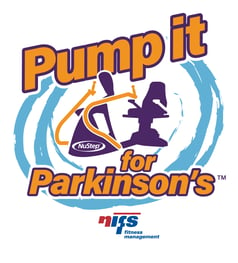

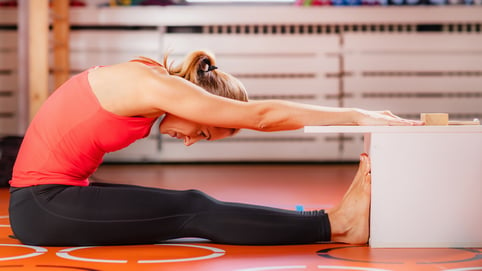 One of the best things you can do when it comes to tracking your progress with fitness is a fitness assessment. A fitness assessment is roughly a 30–60-minute consultation with a health and fitness professional where you are tested on the 5 components of fitness: body composition, muscular strength, muscular endurance, flexibility, and cardiovascular endurance. Some assessments may also test for balance, mobility, or more sports performance biased like power and agility. But for the sake of this article, we are focusing on the 5 components of fitness.
One of the best things you can do when it comes to tracking your progress with fitness is a fitness assessment. A fitness assessment is roughly a 30–60-minute consultation with a health and fitness professional where you are tested on the 5 components of fitness: body composition, muscular strength, muscular endurance, flexibility, and cardiovascular endurance. Some assessments may also test for balance, mobility, or more sports performance biased like power and agility. But for the sake of this article, we are focusing on the 5 components of fitness.
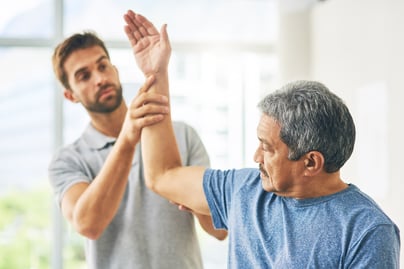 Arthritis is an increasingly common condition that refers to 100 different types of diseases, affects all age groups and affects 1 in 4 adults, equating to 80 million people in the United States. The most common form seen is osteoarthritis or degenerative joint d
Arthritis is an increasingly common condition that refers to 100 different types of diseases, affects all age groups and affects 1 in 4 adults, equating to 80 million people in the United States. The most common form seen is osteoarthritis or degenerative joint d
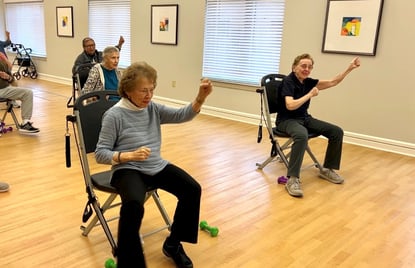 This is a great question because it is a priority for our clients (and for us) to make sure
This is a great question because it is a priority for our clients (and for us) to make sure 
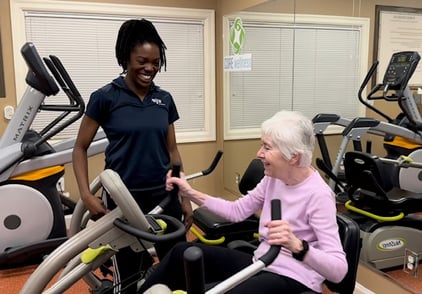 Staffing shortages
Staffing shortages